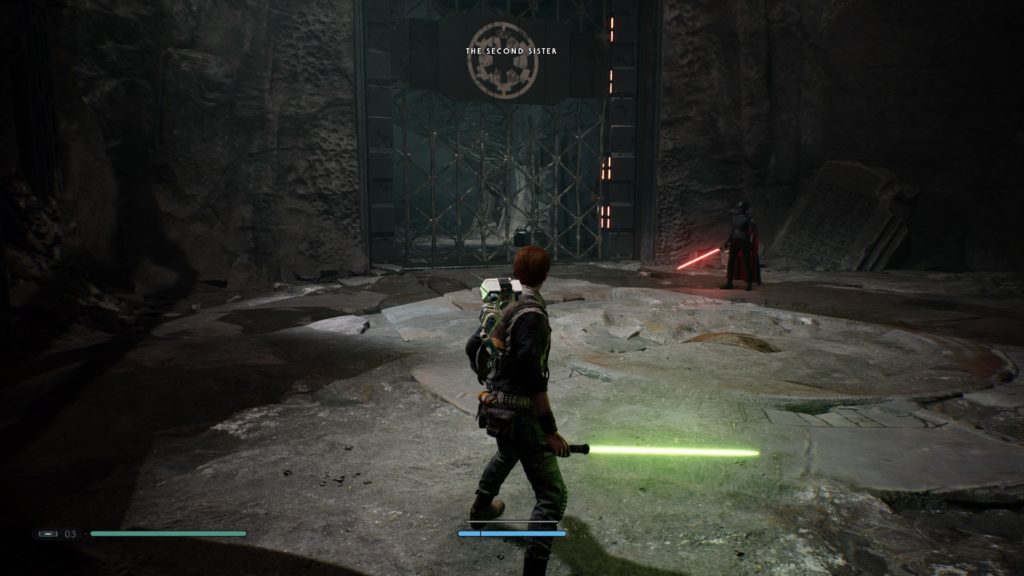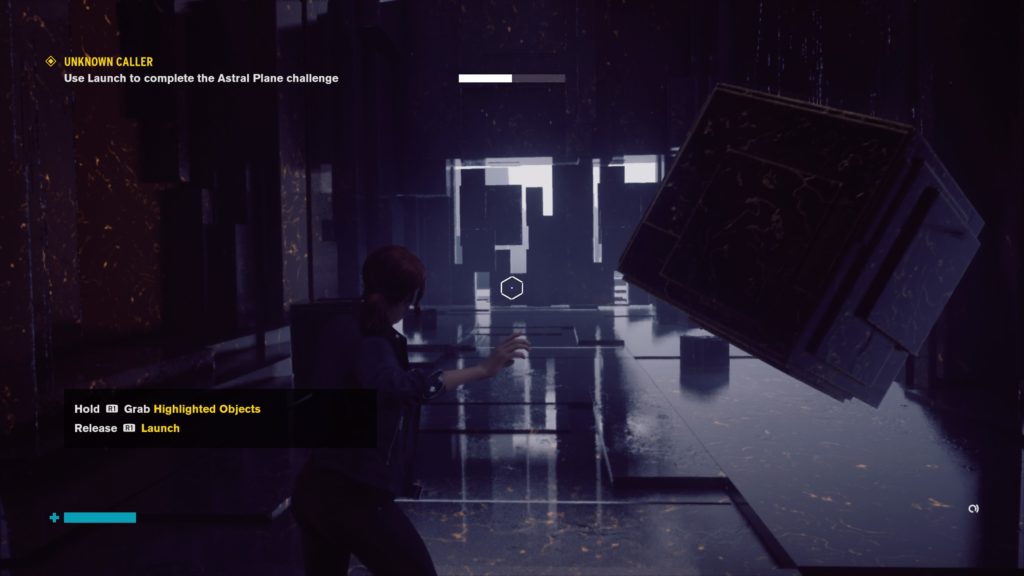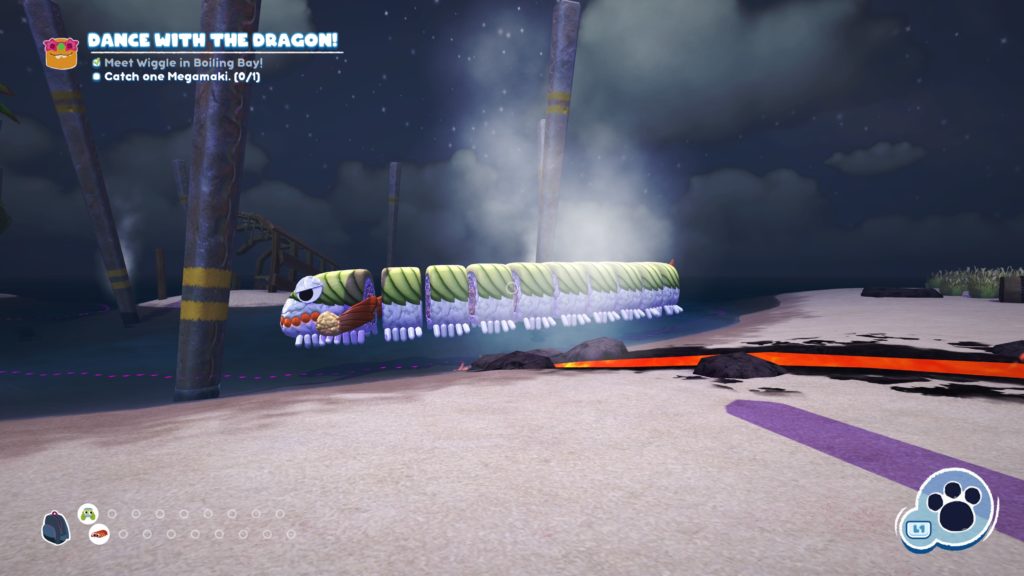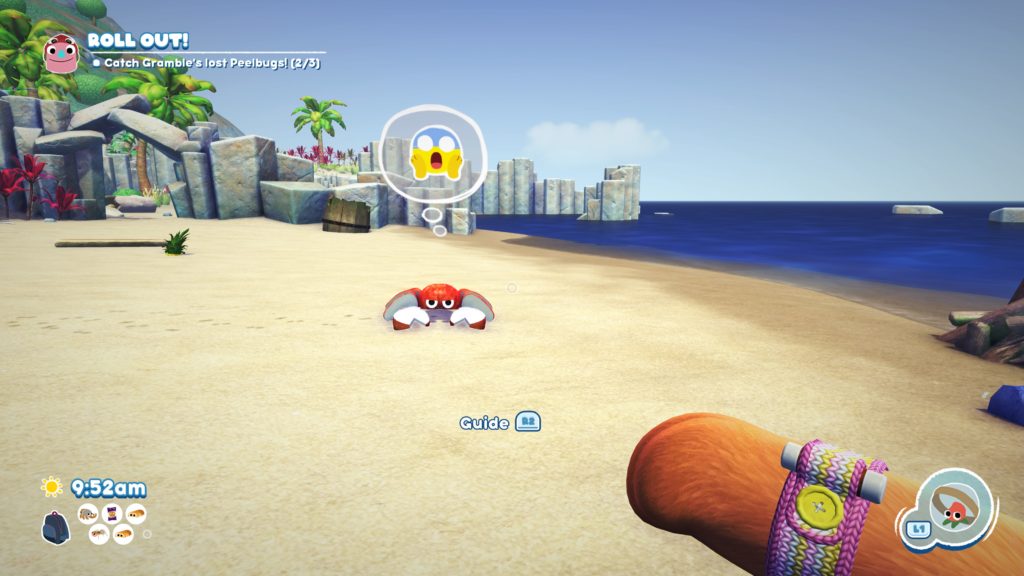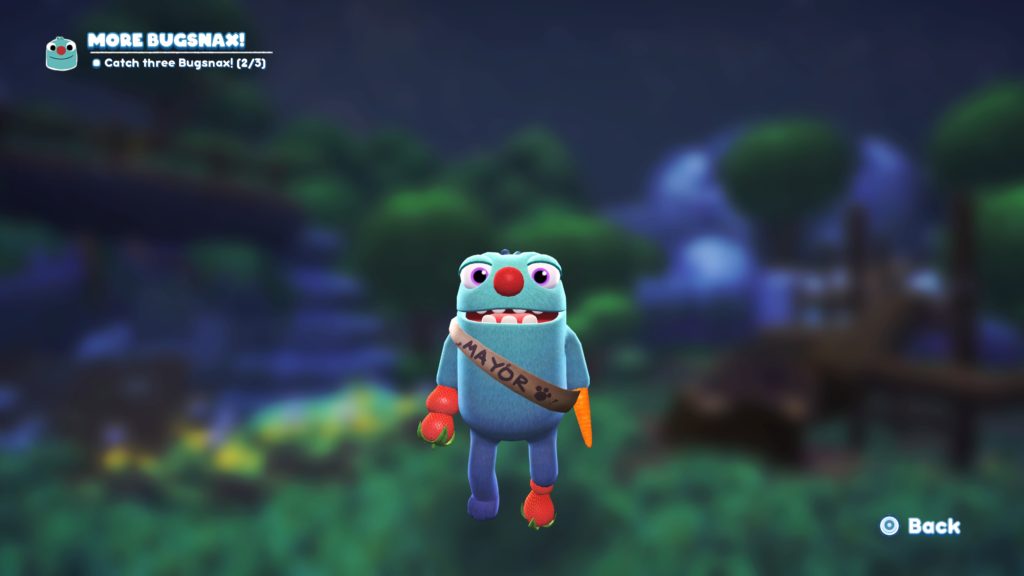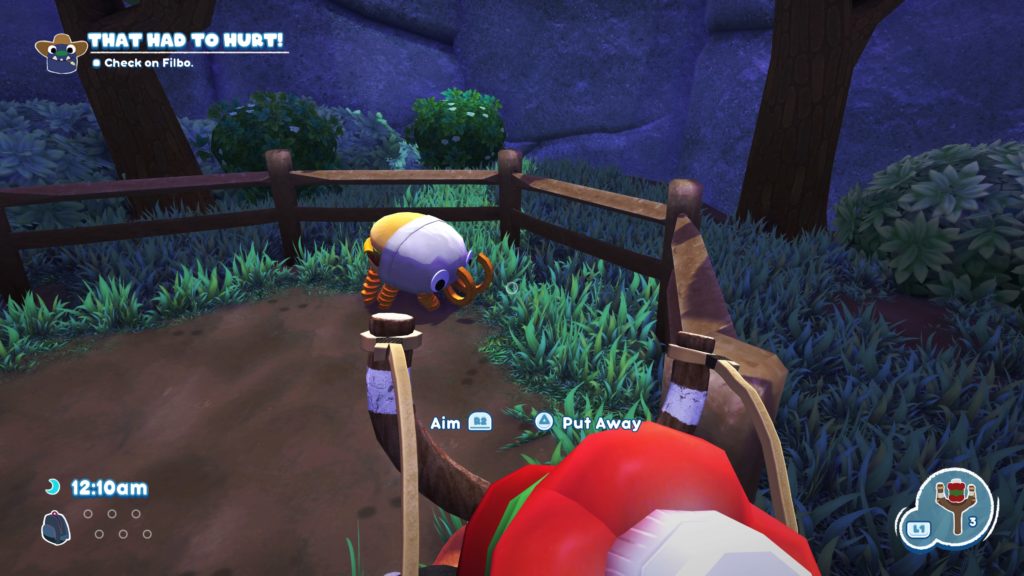So this year was a weird one huh? While reality was throwing us all down a shit slide, there was at least a bunch of good stuff to play. Over the course of the year I’ve managed a handful of mini ramblings, started branching out into a few programmer ramblings, and an unfortunate shelved-it for Ori and the Will of the Wisps which I intend to give a second try at now that the Series X is here. However, around all that stuff I managed to put up 24 main ramblings posts, as well as a .1 post for a replay I did of A Hat in Time. Through all of that there’s definitely a few stand out titles that I think were worth the play through, so let’s take a look at those.
I do have a bit of a caveat in that I haven’t really dove into much of the Fall 2020 titles yet. I was in the process of buying a house and moving in, so my backlog is a bit out of whack compared to normal. However, that does mean that I’ll have some interesting candidates for the start of 2021….
With that out of the way…
Game Ramblings #101 – Star Wars: Jedi Fallen Order
This is the one that convinced me that there’s a future in which I like Souls games. It’s always really bothered me that I can see I’m about to get completely shit stomped in a Souls game, but am stuck in an uninterruptable animation and get killed. I get that that’s kind of the style, but I’m playing a videogame – I want stupidly powerful animation interrupts that let me do reactionary dodges. Fallen Order did just that. Part of it is that Jedis having quick dodge capability just feels right. Part of it is that it was just the way the game was tuned. However, in the end it leaned more towards combat that I can enjoy, while still really embracing the core of the slower 3P action combat that the Souls-style games really embrace.
This was the one the further convinced me of the genius of Remedy Entertainment. This is by no means a perfect game – the gunplay was frankly pretty average. However, the powers were just REALLY FUCKIN GOOD. Telekinetic and psychic powers are the type of thing that feel like they should be easy on the surface, but are so often screwed up. Control really just got it absolutely right. Grabbing and launching debris at enemies feels impactful. Seizing an enemy and turning them to fight for you just feels really important to shifting the balance of the fight. Flanking enemies via hover abilities feels really important to establishing an advantageous position when a group of enemies loses track of you. This is all combined with the continued fantastic world setting work of Remedy to craft a really special experience.
Game Ramblings #114 – Xenoblade Chronicles: Definitive Edition

In a year in which I played a lot of remakes, this is one of the ones that stood out. There’s definitely a bit of me that wanted this remake to use the Xenoblade 2 combat system instead, but there was still a lot of care put into improving this entry beyond just obvious visual changes. Grinding was significantly reduced over the original. Finding information on what quests are active and where quest items can be found was significantly improved. Even small things like cosmetic gear changes were added in a well done fashion. It helped that this one also had a new epilogue chapter added to close out some of the story for the character set. This was not as aggressive of a remake as a game I will mention in a bit, but it was still wonderful to go back and play it with a nice visual pass.
Game Ramblings #118 – Ghost of Tsushima
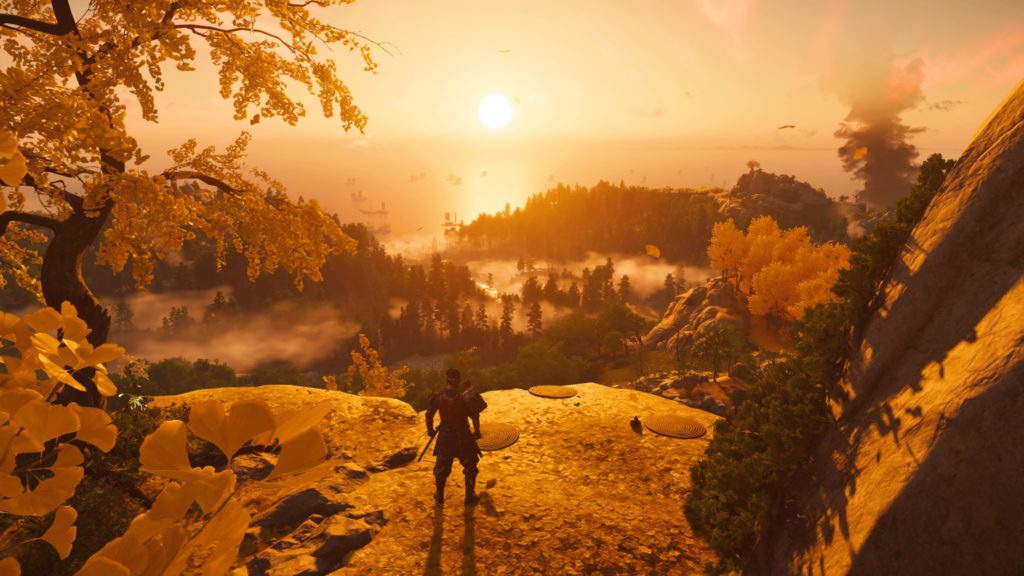
Under normal circumstances this would probably be a shoe-in game of the year for me. It combined an Assassin’s Creed style open world with a much better tuned focus on exploration with the feudal Japan setting that everyone has wanted that series to use for years. It then heaped on a really fantastic combat system that pulled in things like stances from Yakuza and cinematic 1-on-1 duels to give some of the best 3P action combat I’ve ever played. From a visual standpoint this is also flat out my game of the year. Ya, I’ve played some PC games offline that are technically more proficient, but no game this year felt like it has come close to hitting such a flat out gorgeous visual style. This is the kind of title that shows why Sony was so far ahead in sales this generation, and really is the type of showcase that makes owning a PS4 worth it.
Game Ramblings #110 – Final Fantasy VII Remake
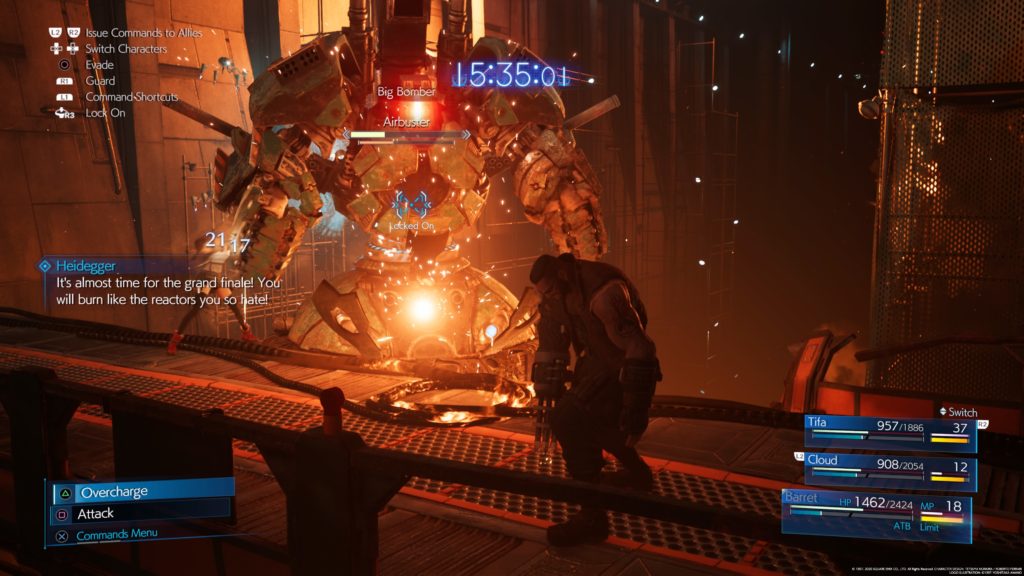
I finished this game in May and I’m still baffled by how good it was.
It’s not just that they iterated on the game’s combat – it’s that they completely changed it. If any game will convince people that JRPGs can be fully action combat, this is the one that would do it. The inputs for the characters matched expectations – presses for sword characters like Cloud vs a hold for the machine gun attacks of Barret as an example. However, they didn’t lose the turn-based rhythm. Because you’re attacking to build up your ATB meter, you always have some rhythm where you switch to abilities. Do a flurry of attacks, throw a magic spell or heal. Keep an eye out for enemy timing and dodges, blocks, or parries. Ya, it’s action combat, but the rhythm is like a turn-based game, and it is fantastic.
Then there’s the story. Everyone thought they knew what was coming – it’s the beginning of the game in Midgar. You blow up some shit, you try to save Aerith, you leave with some of the party in tow. Ya, that does technically all happen. However, by the end of the game you end up in a spot where the next title in the remake series almost certainly can not be the same. People are alive that shouldn’t be. There’s hints of multiple timelines intersecting, as well as a specific party member being aware of that and its implications for knowing the future. I mean, there’s an entire section of the story devoted to a creature line called Whispers that are attempting to keep the party from changing the timeline and sticking to the original game’s plot. This game ended at a place where the second title in the remake will almost certainly be an entirely new plot, and that excites me more than I could ever describe.
If there’s any game that I think should be an absolute must play this year, it’s FF7R.
There’s a bunch of other games that I rambled about this year, and they can almost certainly be on what I would consider to be an expanded list of games to check out. However, these five titles are the ones that I think are must-plays from this year. Looking back, they lean a lot more action than I would typically expect given how many JRPGs I tend to play, but I also think that’s a sign of where the action and JRPG genres have gone in the past decade. You’ve seen more action games bringing in RPG elements, and more JRPGs leaning into real-time combat, so the line has tended to blur for me. These games all had that common RPG thread through them, with a much larger spread in setting so hopefully there’s something there that hit for you guys as much as it did for me.

